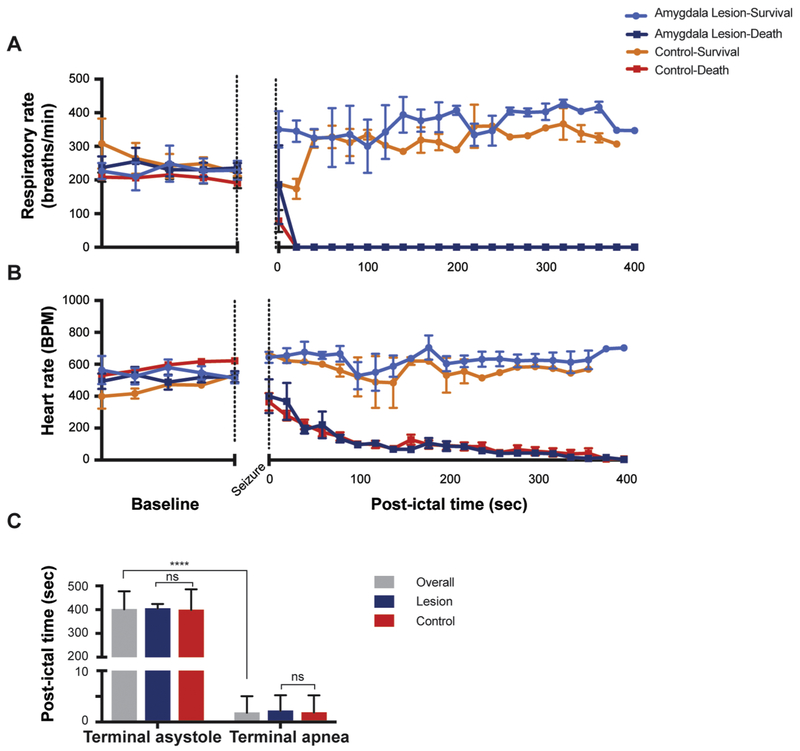Figure 4 -. Terminal apnea preceded terminal asystole during seizure-induced death in DBA/1 mice with or without amygdala lesions.
A - Mean values of respiratory rate (breaths/min) in DBA/1 mice before and after seizure induction. There was no difference in the changes in respiratory rate between animals that died with or without lesions, or between animals that survived with or without lesions.
B - Mean values of heart rate (beats/min) in mice before and after seizure induction. Similar to part A, there was no independent effect of amygdala lesions. The changes in heart rate were the same for animals that died, and for animals that lived, regardless of whether they had amygdala lesions.
*Lesion-survival (n=5), lesion-death (n=5), control-survival (n=2), control-death (n=26).
C - Terminal apnea occurred significantly earlier than terminal asystole for all animals that died (3.19±1.78 secs and 400.5 ± 77.48 secs; n=29; p<0.001, paired T-test). There was also no significant difference in time to terminal asystole or terminal apnea between the lesion and control groups (p=0.4571, paired T-test).

